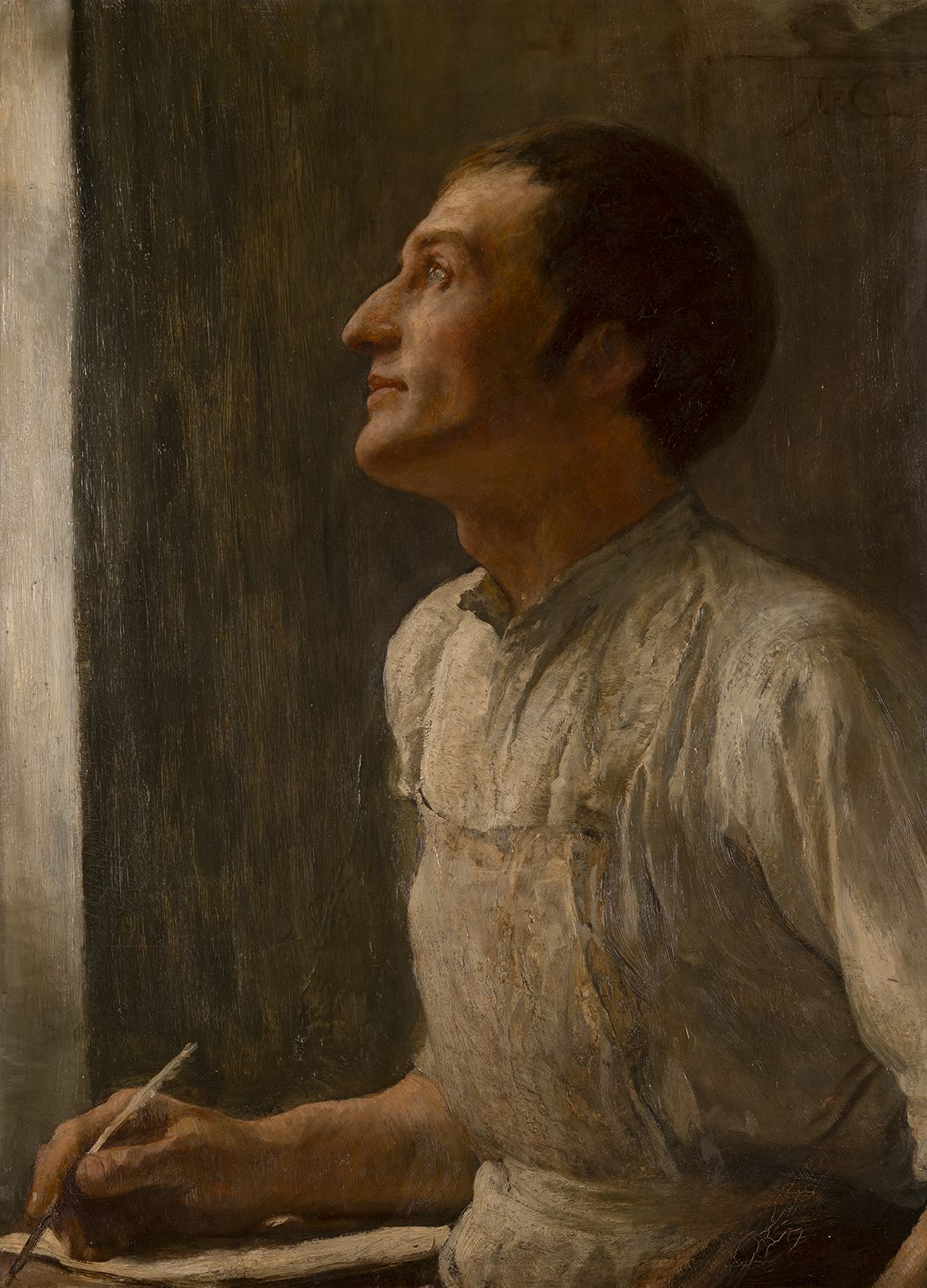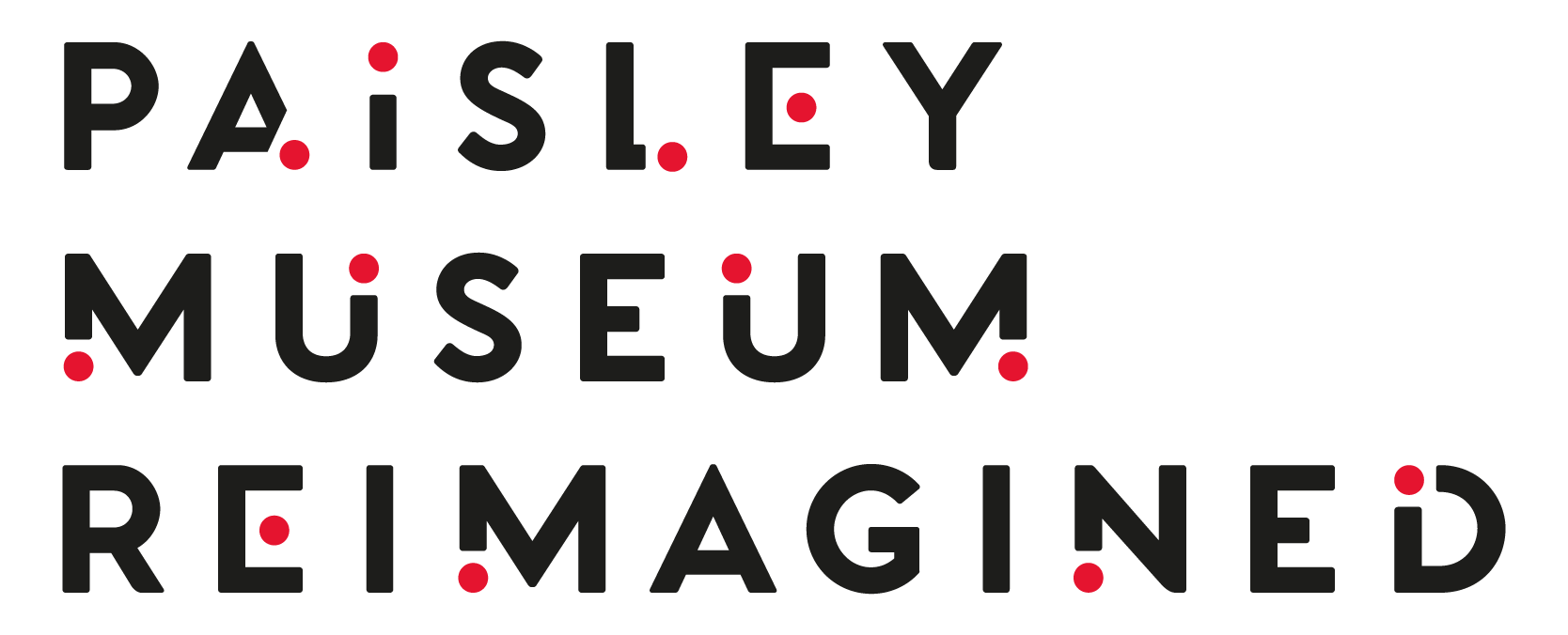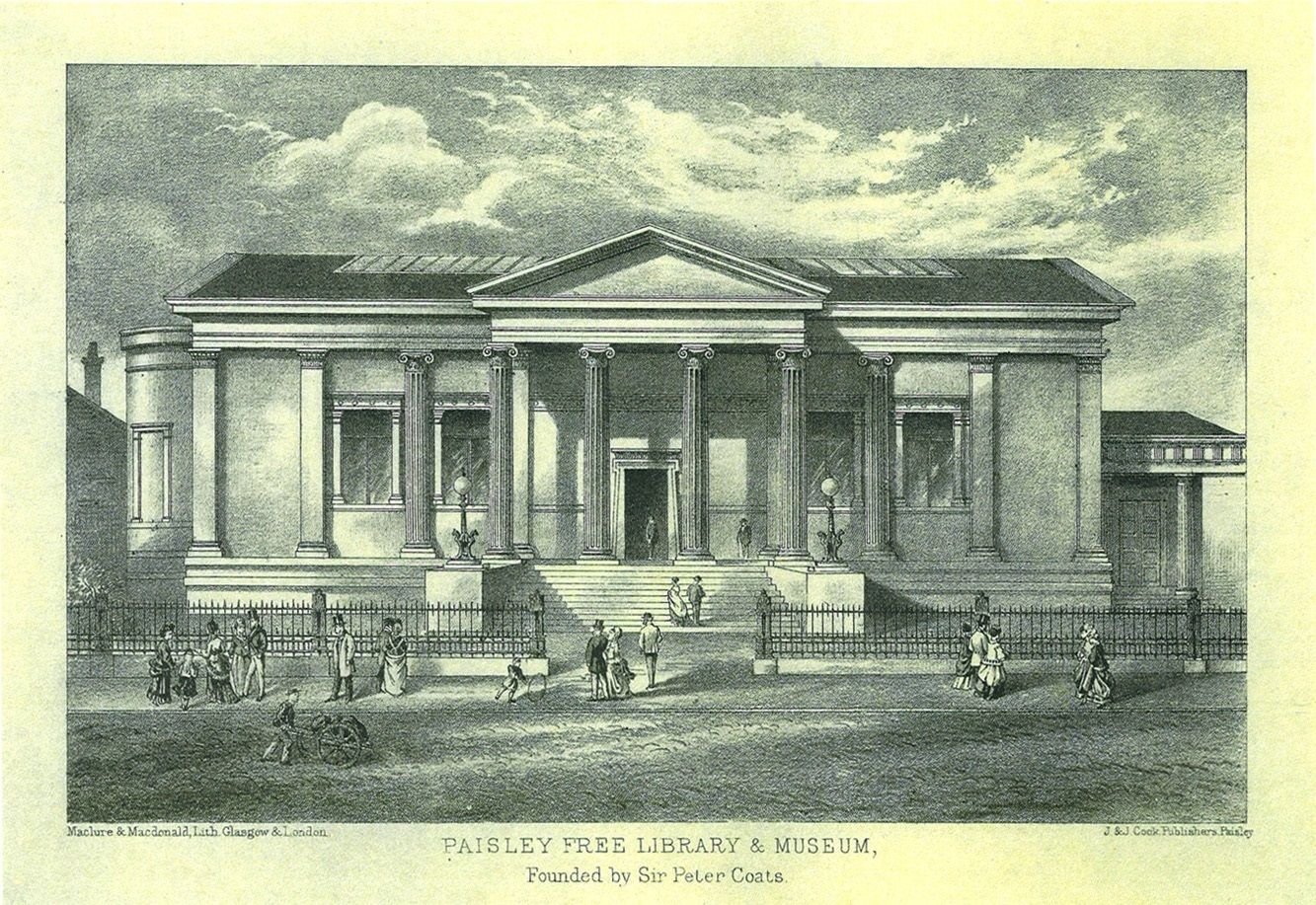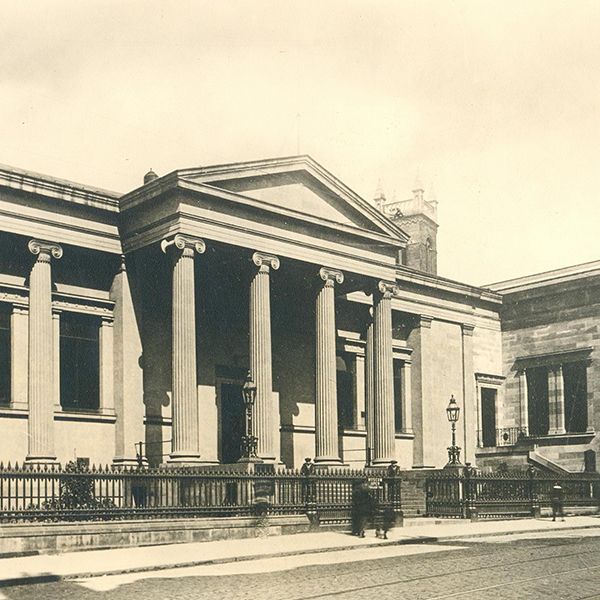Long before the museum opened its doors in 1871, a climate of intellectual curiosity and self-improvement had been growing in Paisley. It was the curious spirit of your town which led to the creation of the museum.
By the turn of the 19th century, Paisley was thriving, its booming weaving industry had brought great prosperity, allowing the weavers the economic freedom to invest in their education.
Indeed, the town’s thirst for knowledge is well logged by the countless clubs and societies that sprang up in Paisley during the 19th century. Many of these organisations were dedicated to learning.
Your museum’s story starts in 1808, with the foundation of one such club, the Paisley Philosophical Institution.
1808
Founded on 13 October 1808, the Paisley Philosophical Institution was open to all and promoted education through public lectures on a range of topics. They also collected scientific apparatus, objects, artefacts and books.
1864
The Paisley Philosophical Institution decided it was time to find a permanent home for its collection. In 1864, they launched a campaign to raise the funds needed to build a free public library and museum.
1867
Sir Peter Coats, local thread manufacture, agreed to pay for the new museum.
1868
Eminent Glaswegian architect John Honeyman was appointed to design the museum.
1869
The first foundation stone for the museum was laid in April, and building work began.
1871
The museum opened to the public.
1881
The galleries were expanded to include the construction of the Pillar Gallery and Picture Gallery. John Honeyman also drew up plans for the Coats Observatory and Transit House.
1883
The Coats Observatory opened to the public. It was originally run by the Paisley Philosophical Institution and was taken over by what later became Renfrewshire Council in 1963.
1902
Architectural firm Honeyman and Keppie were again commissioned to extend the library to accommodate the museum’s ever-growing literary collection. This time John Keppie was assisted by Charles Rennie Mackintosh.
This extension was funded by Sir James Coats, son of Sir Peter Coats for a cost of £7,027.
1904
The new extension opened to the public.
1913
Additional picture galleries designed by Paisley Architects T.G. Abercrombie were built.
1915
The new picture galleries opened to the public.
1933
Architects Keppie and Henderson designed an extension to the library. This extended the library eastwards and introduced a gallery to the single-story lending library.
1954
A natural history store was built
1974
A new gallery opened in 1974, dedicated to displaying Paisley Museum’s world-leading collection of shawls.
Images of the museum’s past and gradual transformation can be found in the Expanding the Museum article.





